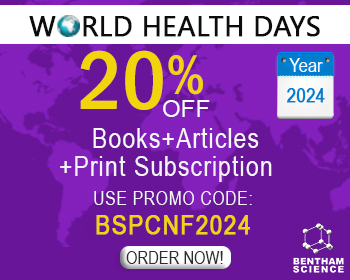Abstract
Hematologic malignancies account for a substantial percentage of cancers worldwide, and the heterogeneity and biological characteristics of leukemias and lymphomas present unique therapeutic challenges. Although treatment options exist for most of these diseases, many types remain incurable and the emergence of drug resistance is pervasive. Thus, novel treatment approaches are essential to improve outcome. Nearly half of the agents used in cancer therapy today are either natural products or derivatives of natural products. The e l,normous chemical diversity in nature, coupled with millennia of biological selection, has generated a vast and underexplored reservoir of unique chemical structures with biologic activity. This review will describe the investigation and application of natural products derived from higher plants in the treatment of leukemia and lymphoma and the rationale behind these efforts. In addition to the approved vinca alkaloids and the epipodophyllotoxin derivatives, a number of other plant compounds have shown promise in clinical trials and in preclinical investigations. In particular, we will focus on the discovery and biological evaluation of the plantderived agent silvestrol, which shows potential for additional development as a new therapeutic agent for B-cell malignancies including chronic lymphocytic leukemia.
Keywords: Epipodophylloxin derivatives, flavopiridol, hematological malignancies, leukemia, lymphoma, natural products, silvestrol, vinca alkaloids

























